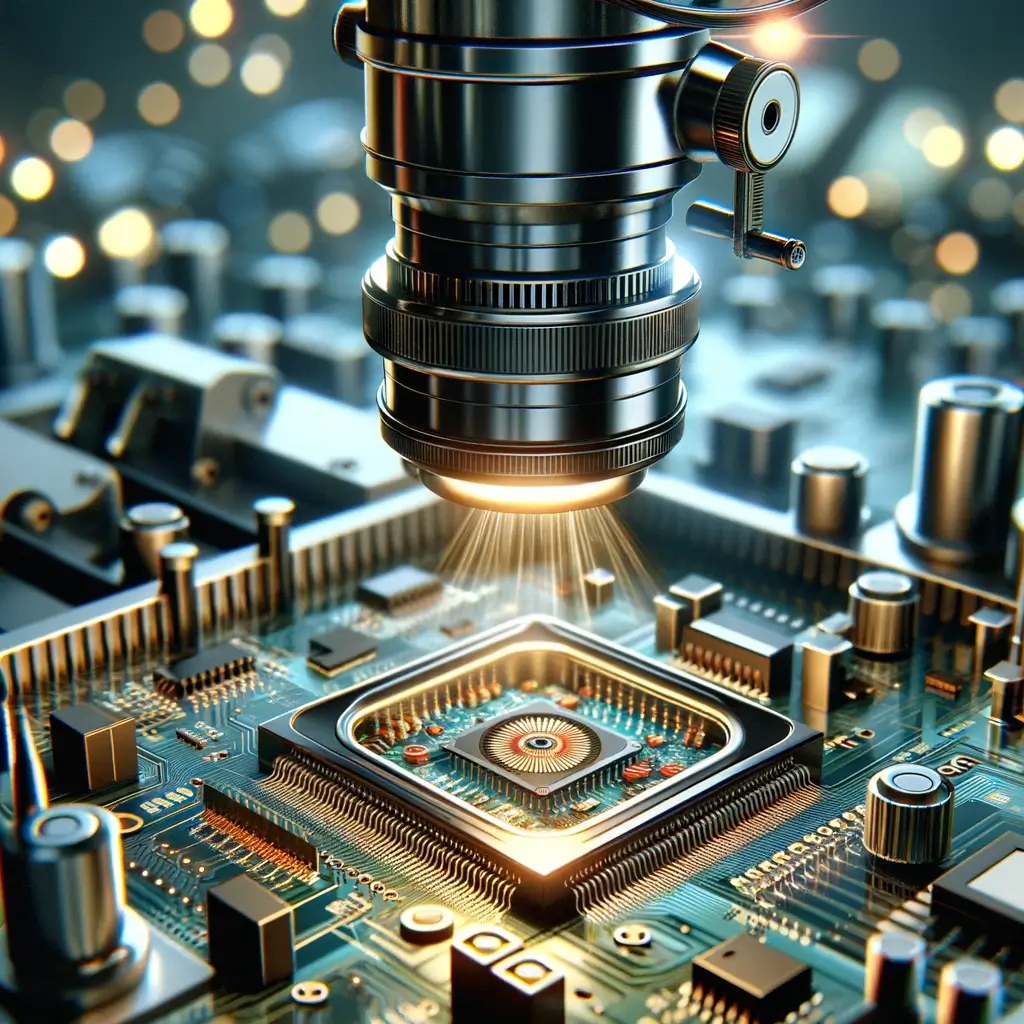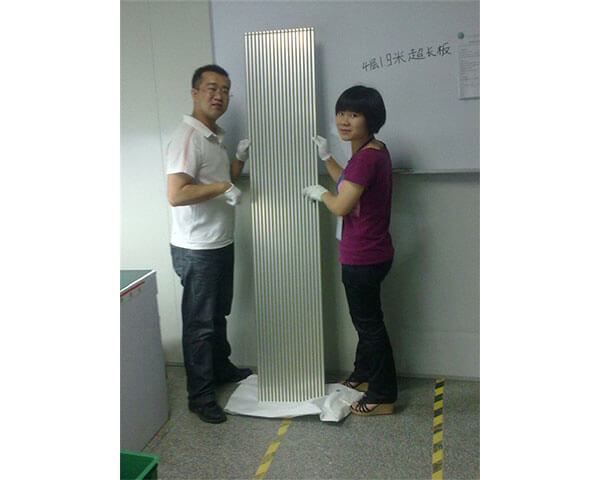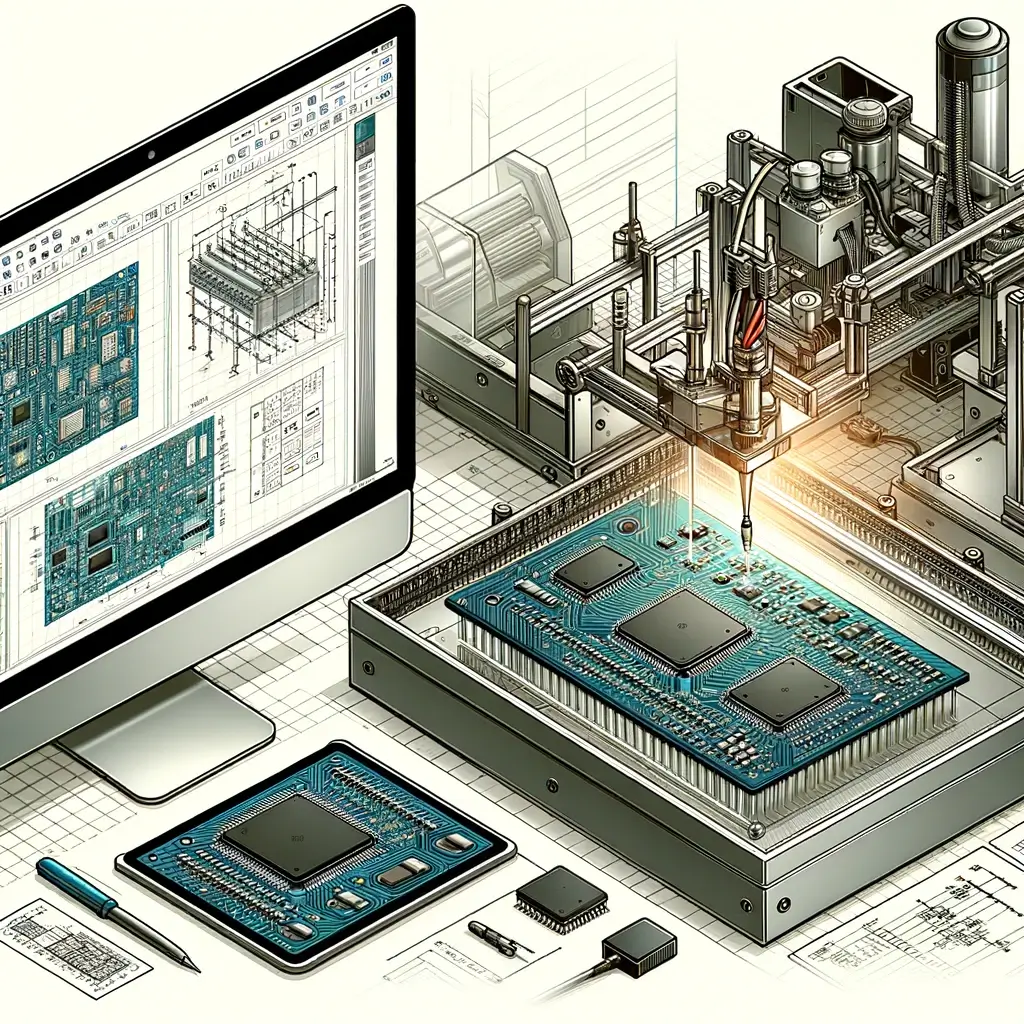Amazing Facts About Quick turn Printed Circuit Boards
Printed circuit boards are one of the most significant inventions of the last 100 years. Virtually every electronic device these days contains at least one PCB. You may have a basic understanding of what a Quick turn printed circuit board is and does, but here are some fun, little-known facts about PCBs that you may not know.
The First Printed Circuit Boards Were Made from Brass – Not Copper
In the 1920s, Charles Ducas applied to the US Patent Office for a “printed wire” patent, which placed an electronic path directly onto an insulated surface. The process was an early form of electroplating, where wires were printed on a board and the ink conducted electricity. Copper wires were not yet available for these printed wire circuits, so they were made with brass wires.
Some Gramophones and Tube Radios Contained PCBs
Modern, high-tech printed circuit boards like those available through PCB Solutions don’t look much like those from the ’20s. But despite their differences, PCBs have been around since the age of gramophones and vacuum tube radios, just in somewhat different form.
PCBs Owe Their Roots to the Music Printing Industry
The person who might be considered the “Father of the Modern Printed Circuit Board” was Paul Eisler. An Austrian with an engineering degree from the Vienna University of Technology, Eisler escaped the Nazis in 1936 by fleeing to England, but spent time in jail there for immigration violations.
Eventually, he got a job at a music printing company and shared with them the printed circuit board idea he’d been working on for some years. The company funded the invention and the rest, is history.
The US Army Invented the PCB Auto-Assembly Process
The Army Signal Corps gets the credit for developing the auto-assembly process, which allows for much faster creation of PCBs. More stream-lined production of printed circuit boards led to the explosion of consumer products we see today.
Space Travel Would Not Have Happened Without PCBs
Printed circuit boards assembly were an integral part of NASA’s space program. PCBs helped send the Apollo 11 astronauts to the moon—and back home again safely. PCBs’ light weight and small electricity requirements permit more complicated electronics in the confined area of a spacecraft.



